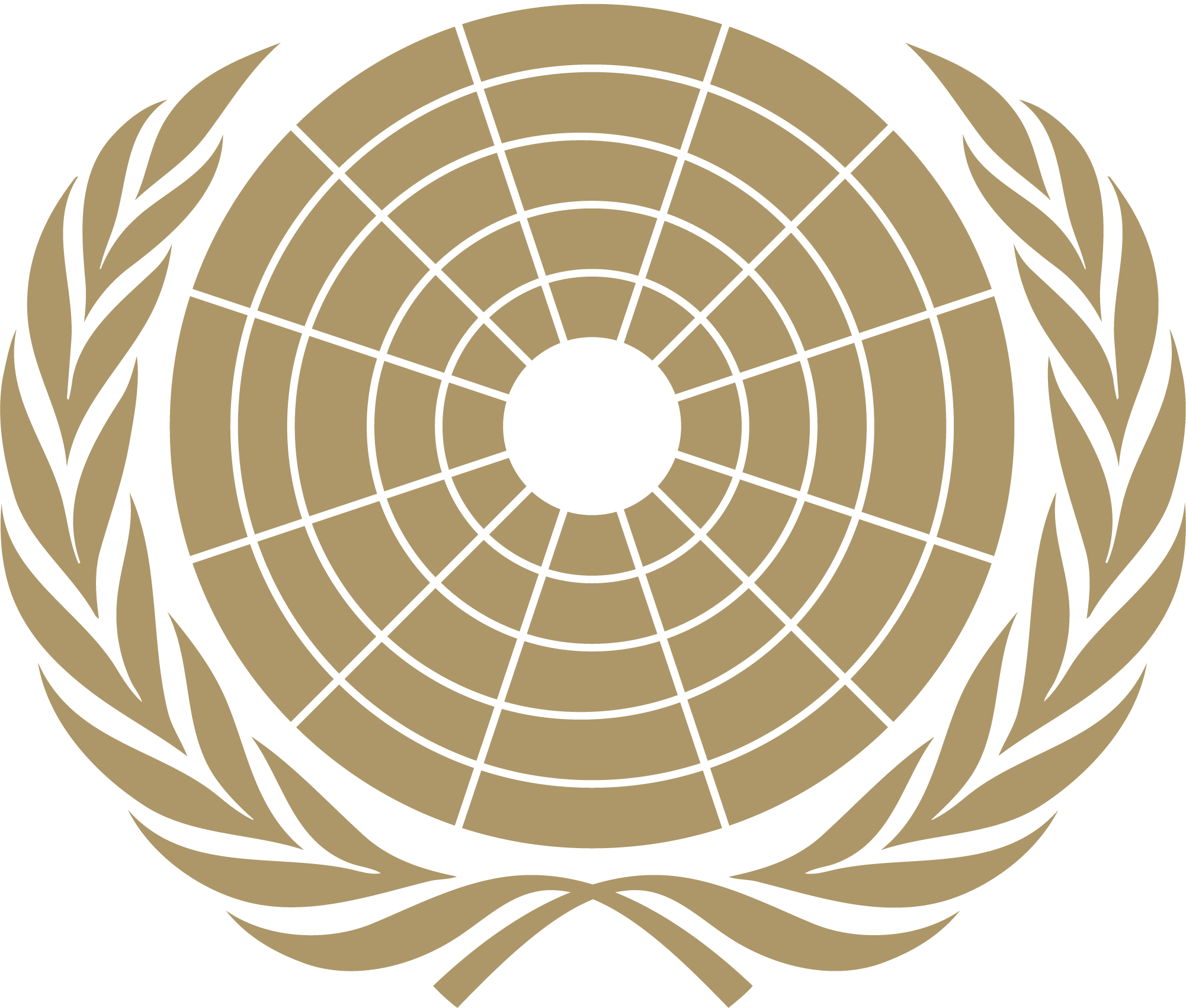The Impact of Boycotting: Resisting Organizations and Public Figures Opposed to A Fair Constitution
Boycotting, a form of non-cooperation and resistance, has been a powerful tool throughout history. From the salt boycotts led by Mahatma Gandhi to the Montgomery Bus Boycott during the Civil Rights Movement, this peaceful form of protest has brought about significant societal change. In the context of A Fair Constitution, boycotting emerges as a potent weapon against organizations and public figures that act contrary to its principles, emphasizing the collective strength of individuals united by a common cause.
Understanding Boycotting:
At its core, boycotting is a refusal to engage with or support entities that violate certain principles or ideals. It’s an act of non-cooperation, a statement that declares, “We do not condone your actions or beliefs.” Historically, boycotts have been used to challenge unjust laws, discriminatory practices, and oppressive regimes. In the context of A Fair Constitution, boycotting serves as a reminder that the power ultimately lies with the people, and their collective actions can shape societal norms and values.
The Role of Boycotting in Upholding A Fair Constitution:
Boycotting is not just an act of resistance; it’s a declaration of support for a set of ideals. When individuals collectively decide to boycott organizations or public figures that oppose the principles of A Fair Constitution, they send a clear message: these principles are non-negotiable. The ripple effect of such actions can be profound. Organizations may be compelled to reevaluate their policies, public figures might reconsider their stance, and legislative changes could be influenced, all driven by the collective will of the people.
Historical and Contemporary Examples of Effective Boycotts:
The Montgomery Bus Boycott stands as a testament to the power of collective action. African Americans, tired of racial segregation on public buses, united in a boycott that lasted over a year, leading to the desegregation of Montgomery’s public transport system. Similarly, the global boycott against apartheid in South Africa played a significant role in challenging and eventually dismantling the oppressive regime. In contemporary times, we’ve seen boycotts against companies for environmental violations, human rights abuses, and more, highlighting the tool’s relevance in today’s interconnected world.
Strategies for Successful Boycotting:
- Research and Awareness: An informed boycott is a successful one. Understanding the entities being boycotted, their practices, and their stance on A Fair Constitution is crucial.
- Unified Front: A splintered movement is easy to dismiss. Unity amplifies the message and ensures that the boycott’s objectives are clear and cohesive.
- Publicity and Advocacy: Leveraging media platforms to spread the message can garner wider support and put additional pressure on the boycotted entities.
- Alternative Support: Boycotting is as much about resistance as it is about support. By championing alternatives that align with A Fair Constitution, individuals can drive positive change while resisting negative influences.
Challenges and Criticisms of Boycotting:
Like any form of protest, boycotting is not without its challenges. Backlash from opposing groups, misinformation campaigns, and potential economic implications are all hurdles that boycotters might face. Additionally, critics often argue that boycotts can harm innocent workers or that they’re ineffective in bringing about real change. However, history has shown that when executed with determination and unity, boycotts can indeed drive significant societal transformations.
Connection to Resisting Hostility to A Fair Constitution:
Boycotting serves as a beacon of resistance against entities hostile to the principles of A Fair Constitution. It’s a reminder that the constitution’s ideals are sacred and that any violation will be met with collective action. Through boycotting, individuals can champion the principles of fairness, consent, and effective governance, ensuring that these ideals are not just words on paper but are lived and upheld in the real world.
Conclusion:
In conclusion, boycotting stands as a testament to the power of collective action. It’s a tool that reminds us of our agency, our ability to shape societal norms, and our responsibility to uphold the principles of A Fair Constitution. In a world where challenges to these ideals are ever-present, boycotting serves as a beacon of hope, a call to action, and a reminder that the power truly lies with the people.
